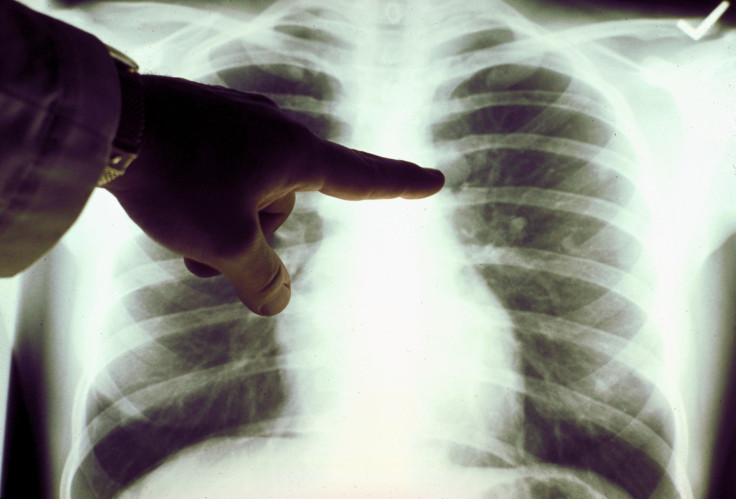What Is Gorham-Stout Disease? Woman's Arm Bone Vanishes In Rare Condition

A Scottish woman was plagued by extreme pain in her left arm and shoulder for more than a year because the area was affected by Gorham-Stout disease — a rare medical condition that eventually made her bones disappear.
According to the National Organization for Rare Disorders, “Gorham-Stout disease (GSD), which is also known as vanishing bone disease, disappearing bone disease, massive osteolysis, and more than a half-dozen other terms in the medical literature, is a rare bone disorder characterized by progressive bone loss (osteolysis) and the overgrowth (proliferation) of lymphatic vessels. Affected individuals experience progressive destruction and resorption of bone.”
The area that the bones vanish from is then replaced by blood vessel tumors.
Woman diagnosed with unusual case of 'vanishing bone disease' https://t.co/PFjPFB90jj
— Fox News (@FoxNews) April 6, 2018
Only 64 cases of GSD have been reported so far around the world. The disease is so rare in fact that its cause perplexes doctors to this day. No environmental, immunological or genetic risk factors have been identified.
Some researchers believe GSD can be linked to improper blood circulation. The affected areas might have a deficiency of oxygen that messes up the pH balance in one’s body and activates specific enzymes that ultimately cause the destruction of bone.
The unidentified woman, 44, in the latest case of GSD had x-rays done on the affected area for over a year and half during which she endured unbearable pain. In the images published by Live Science, bones in the woman’s left shoulder and arm seemed to deteriorate over time until it vanished completely.
Initially, the doctors believed the woman had bone cancer but discarded the diagnosis after her biopsy results came back negative. However, a few months later, the woman had a second biopsy done in which the existence of a benign blood vessel tumor was revealed.
Excessive pain persisted in the woman’s upper left arm, along with swelling in the same area. Apart from that, the bones affected by GSD began growing extremely fragile, causing it to fracture even when the woman sustained minor injuries. She did not receive the diagnosis from her doctors until her humerus and ulnar bones began to fade from her x-rays.
There is no cure for GSD, except undergoing physical therapies in the specific areas which have been affected by the disease and treating particular symptoms which show up as the illness progresses.
In some cases, doctors perform surgery to remove the affected bones and radiation treatment is carried out in order to prevent the disease from spreading. Bisphosphonates can also be prescribed in order to minimize bone loss.
"Ultimately, this is a challenging disease where evidence-based management remains lacking," said the researchers of the latest case in a paper published in the journal BMJ on March 22.
According to Boston Children's Hospital, not all people suffering from GSD experience the same level of severity of disease. Typically, the disease remains restraint in just one area and does not spread to the entire body.
Some of the areas of the body commonly affected by GSD are the ribs, spine, pelvis, skull, collarbone and jaw. If the condition affects bones of the spine or skull base, the patient may experience paralysis.
© Copyright IBTimes 2025. All rights reserved.





















